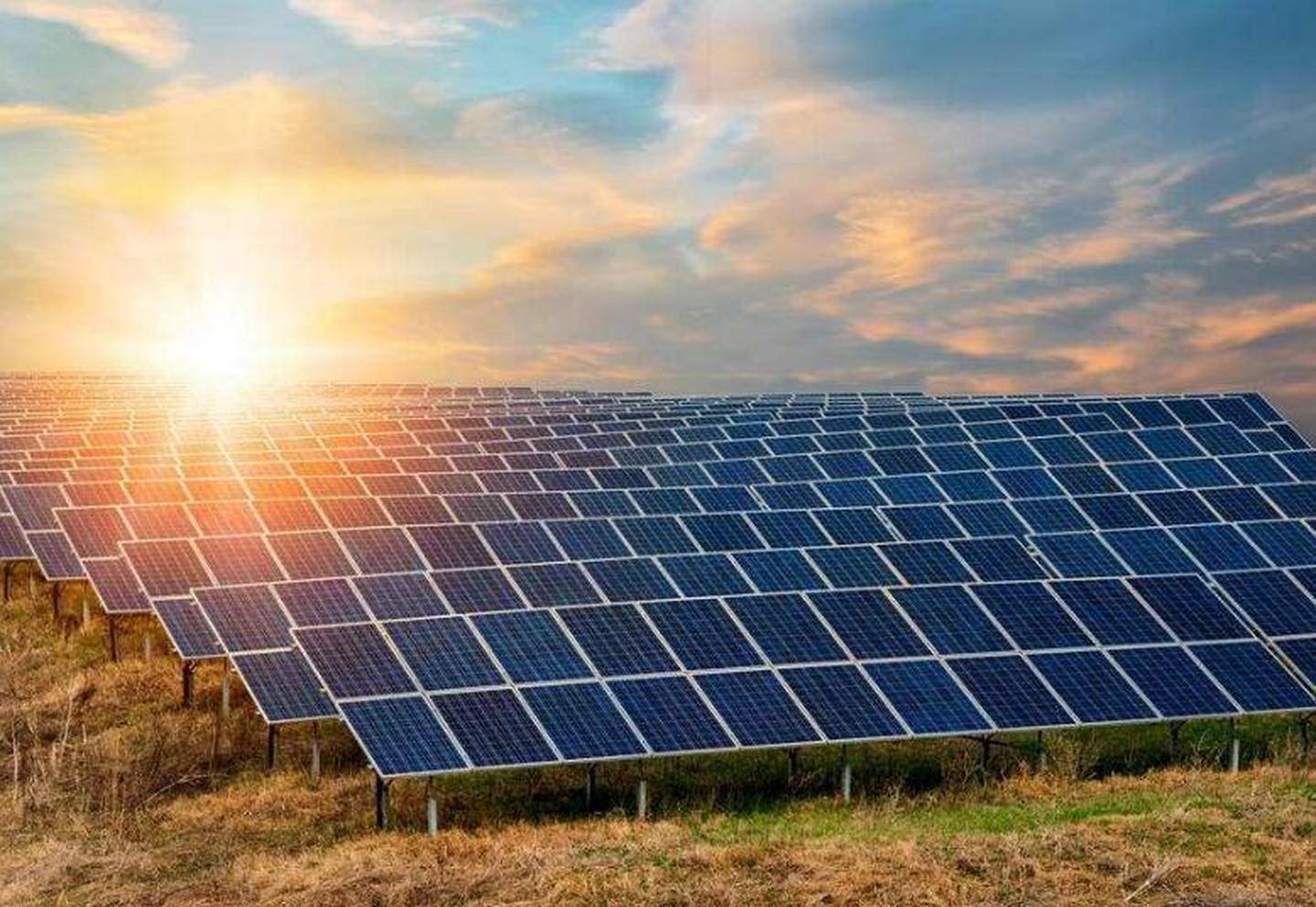The raw material for smelting silicon metal is a kind of silica in nature, which is extremely common and has abundant reserves. This kind of silica is also called quartz, the composition is silicon dioxide, and the higher degree is the crystal that people often call. Silica needs to go through a reduction process to become silicon. This process requires the use of reducing agent carbon. In the past, the carbon used was generally coal, charcoal, or coke. Now photovoltaics basically use petroleum coke, because petroleum coke has fewer impurities.

After the above reduction, we get the metal silicon, and then it is divided into two routes, one is the mainstream crystalline silicon route, and the other is the thin-film silicon route.
1. Crystalline silicon route
The crystalline silicon photovoltaic cell route starts from metallic silicon to obtain purer solar-grade polycrystalline silicon, which is then made into a cell route. For the purification from metallic silicon to polysilicon, there are two mainstream routes, one is the chemical method, and the other is a physical method.
The purity of the chemical method is higher, but the energy consumption and cost are also higher, and the pollution treatment cost is higher. The physical method has low power consumption, low cost, and no pollution, but the current purity is slightly lower than that of Siemens. But the production of photovoltaic cells is no longer a problem.
2. Thin-film silicon route
Thin-film silicon also uses metallic silicon as a raw material. First, silane gas is used, and then an amorphous silicon thin film is formed on the thin-film substrate using vapor deposition technology, and then the PN junction is made to begin to compose the components of the thin-film battery.
Of course, in addition to silicon, there are other raw materials that can be used to make thin films, such as cadmium telluride, gallium arsenide, and copper indium gallium selenium (CIGS) materials, but those raw materials are very small in nature, especially tellurium, Cadmium, gallium, indium, etc. are very precious. They are key raw materials for the electronics industry and aerospace industry. They are very precious. In contrast, silicon accounts for more than a quarter of all elements in nature, second only to oxygen, so thin films Silicon is most suitable to use metallic silicon as a raw material.





